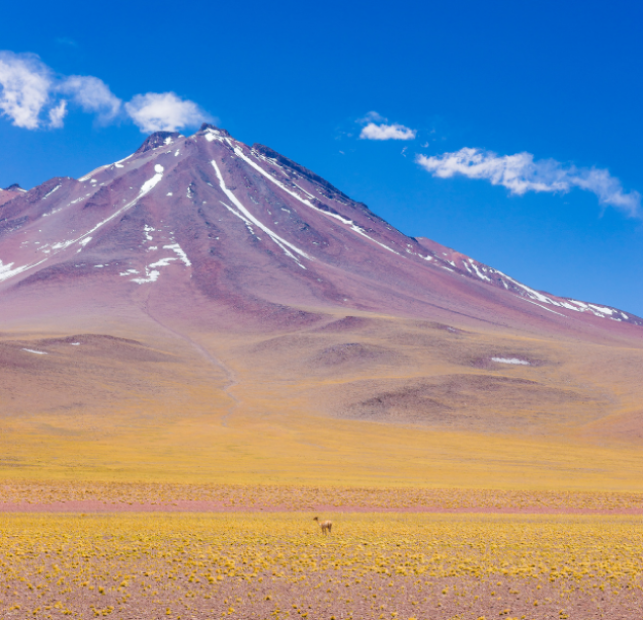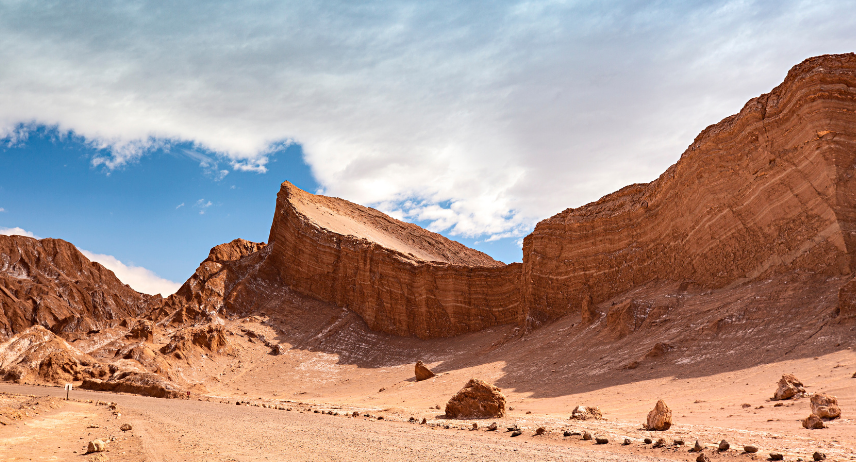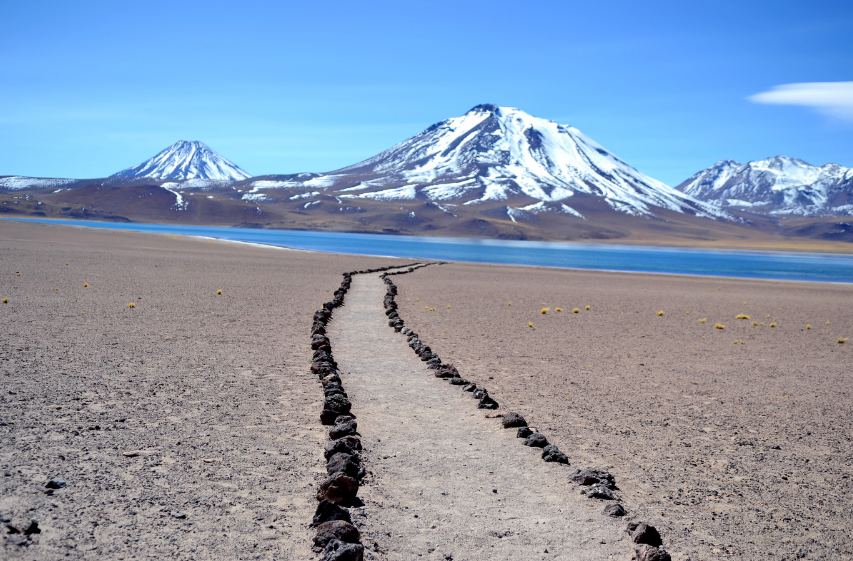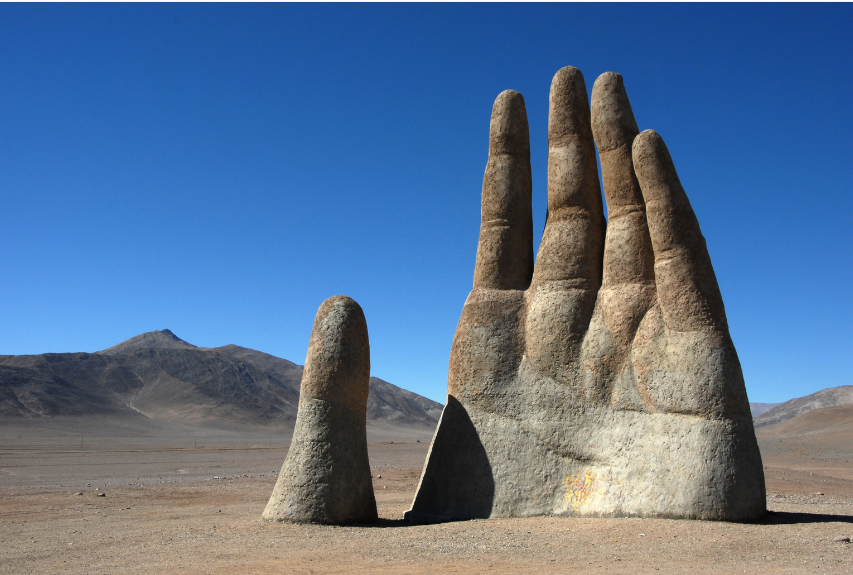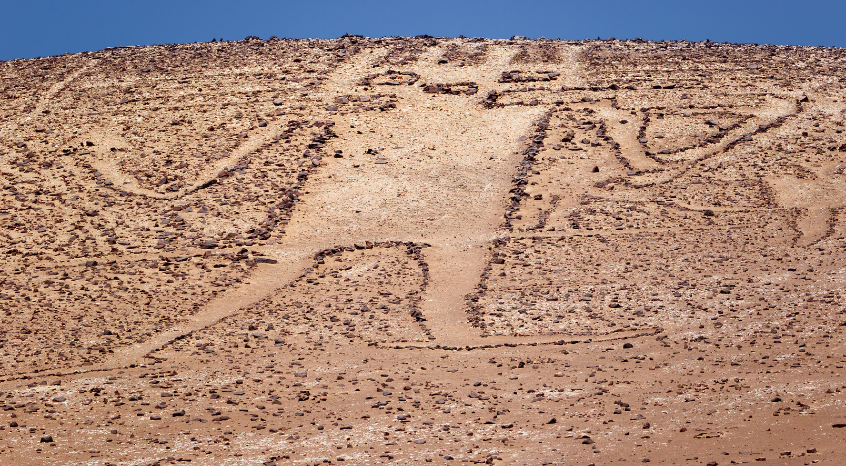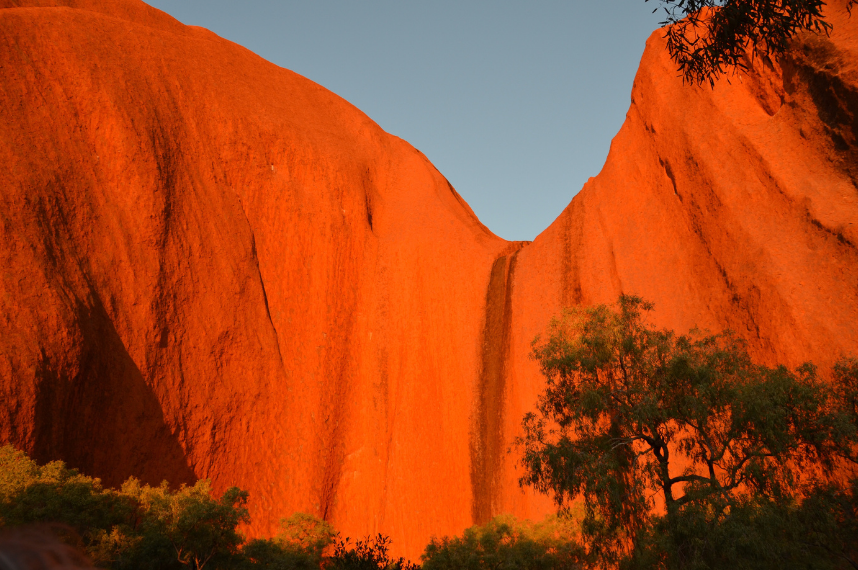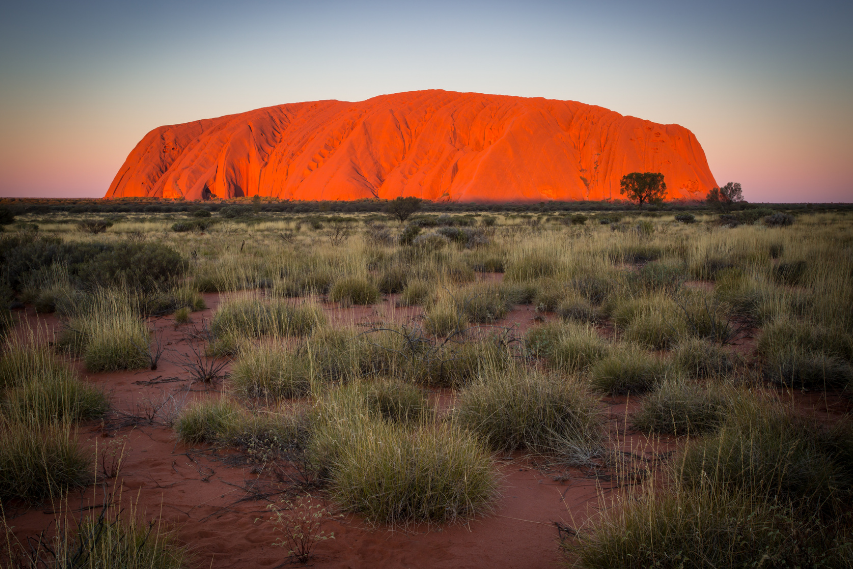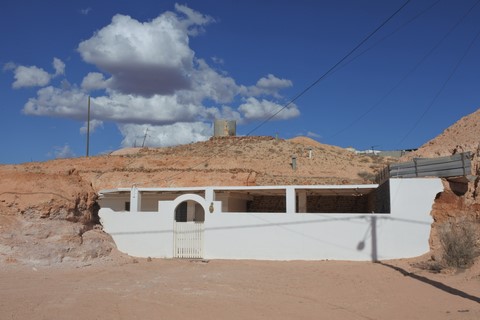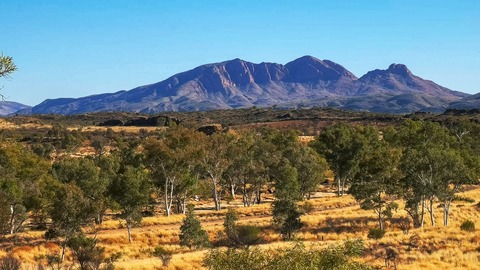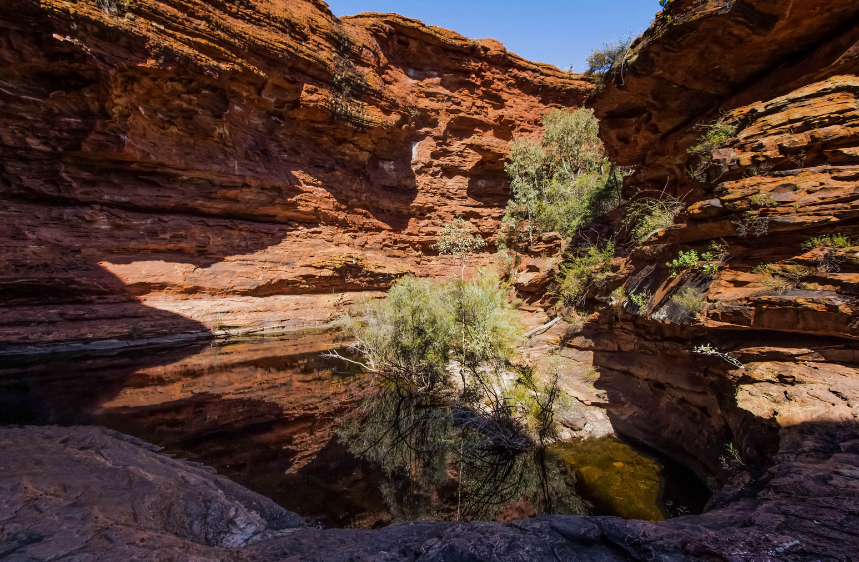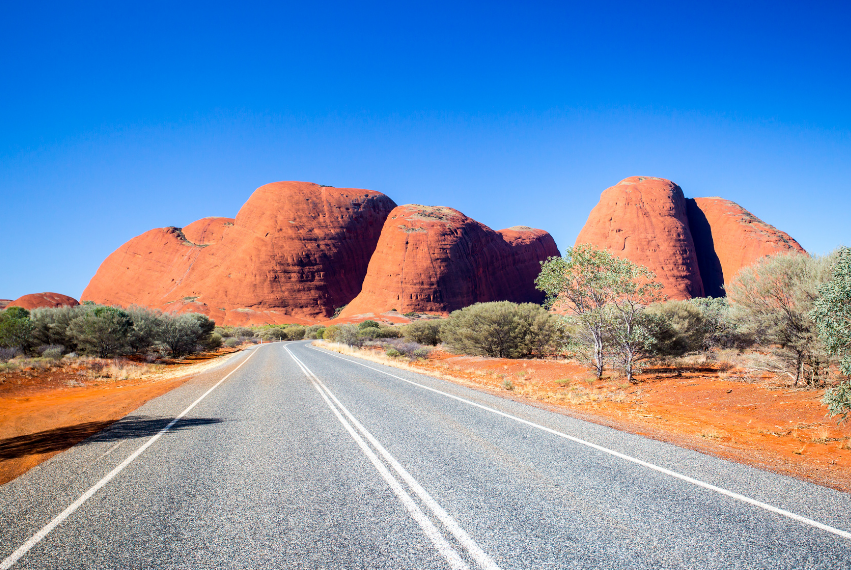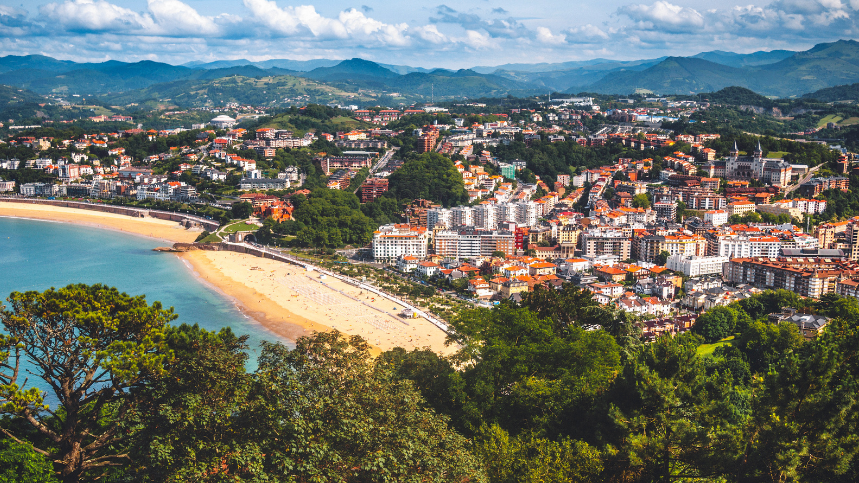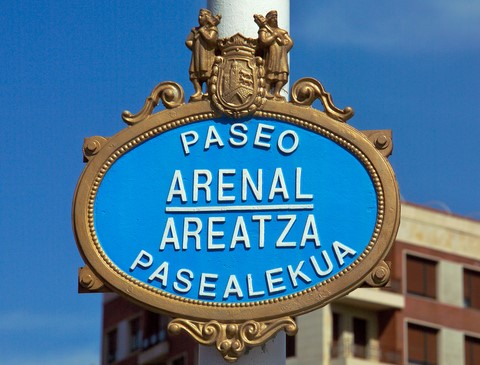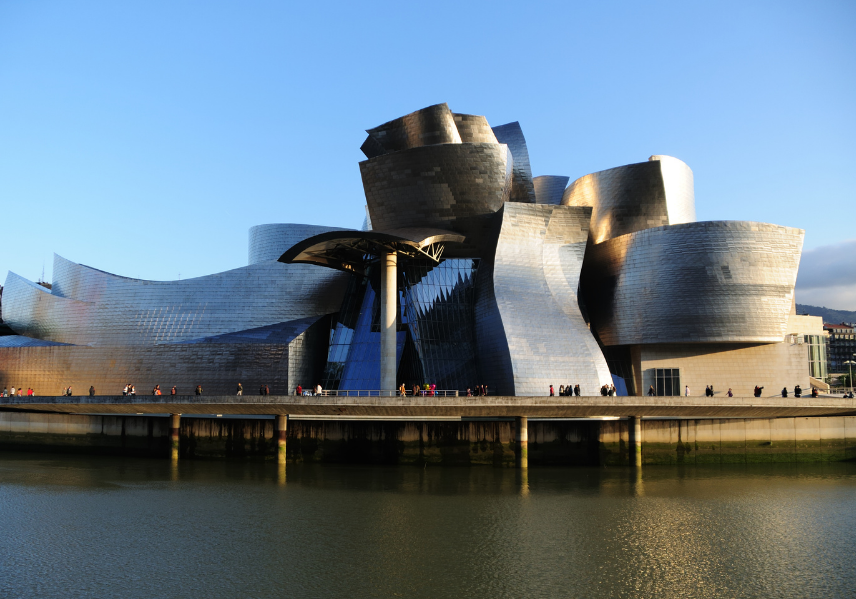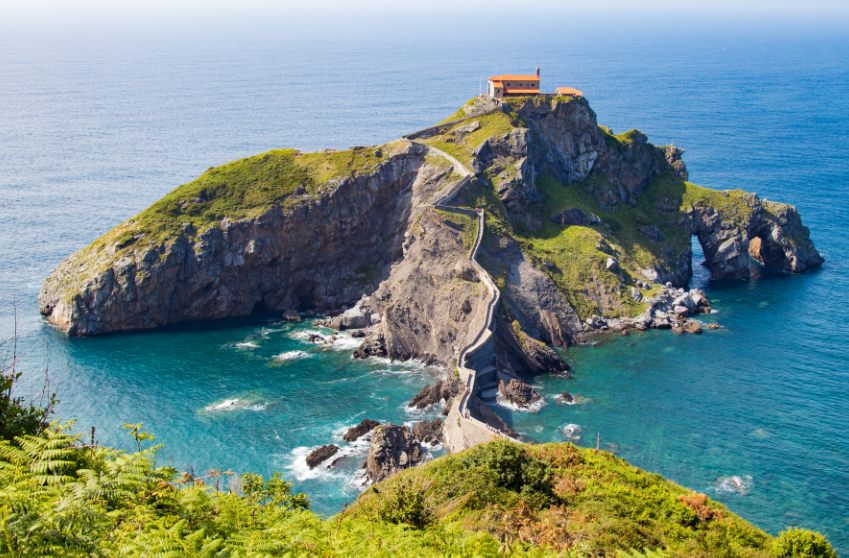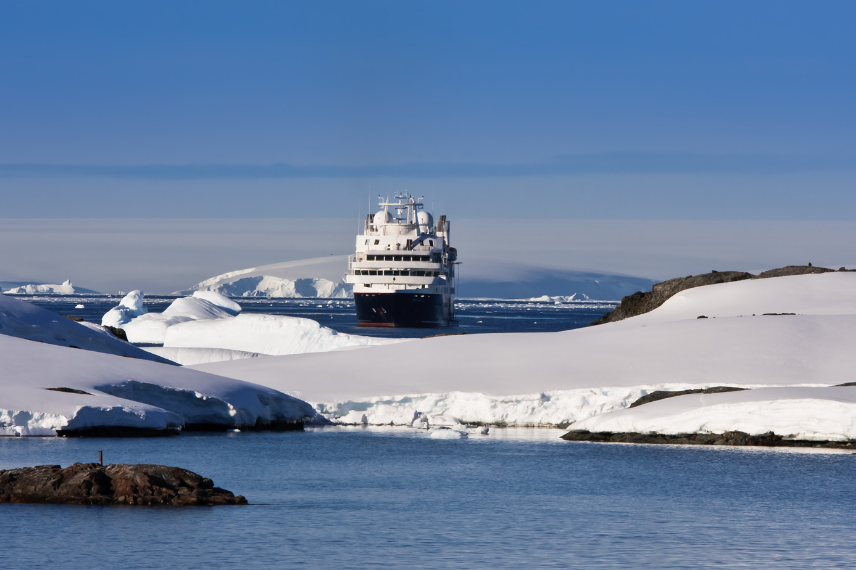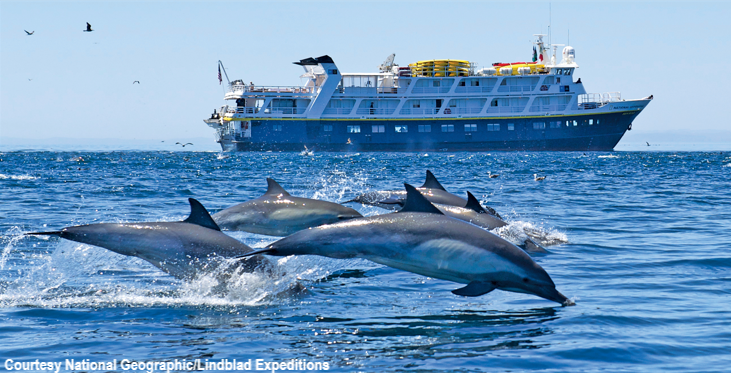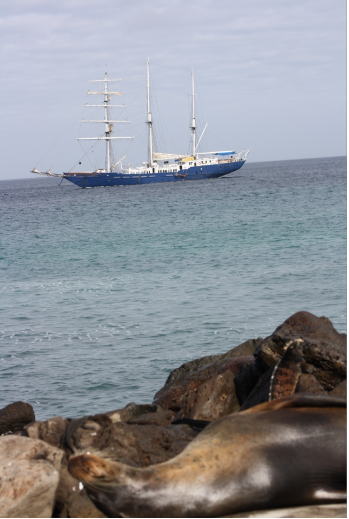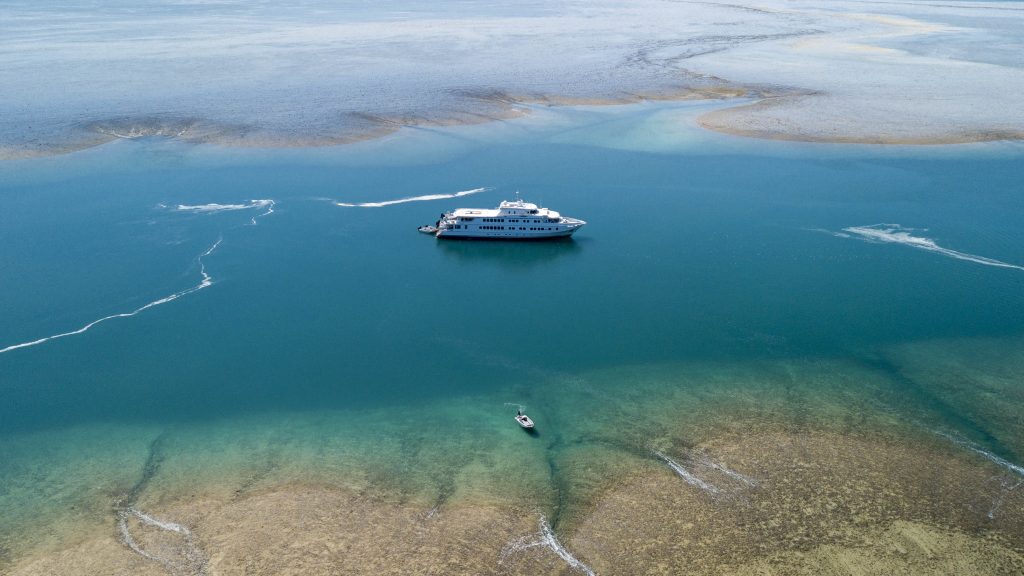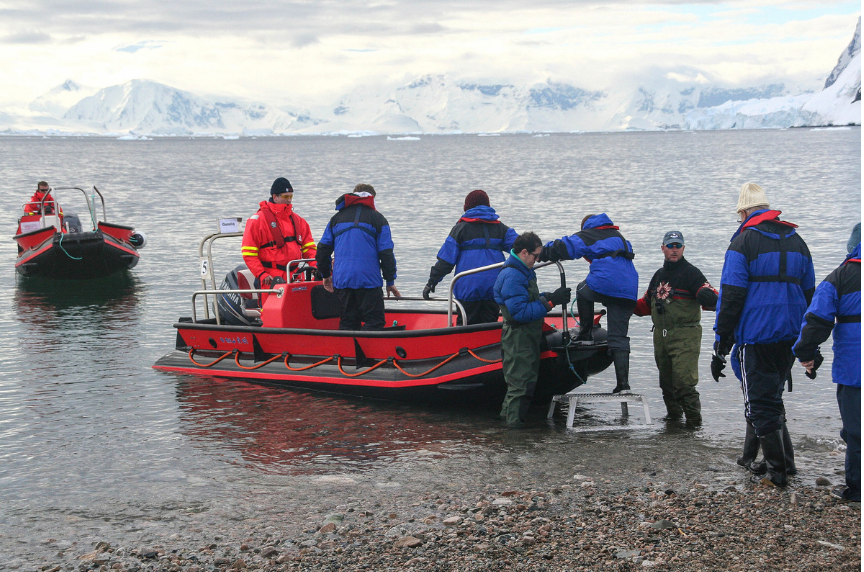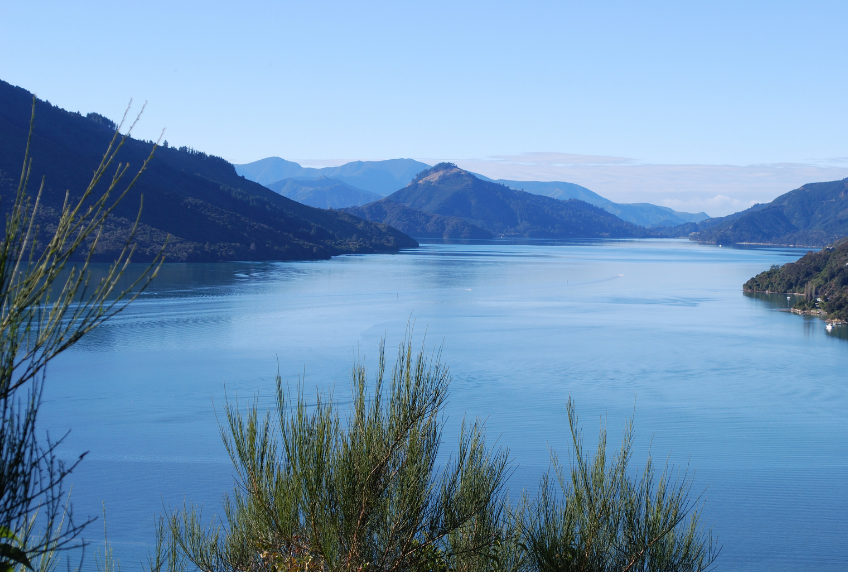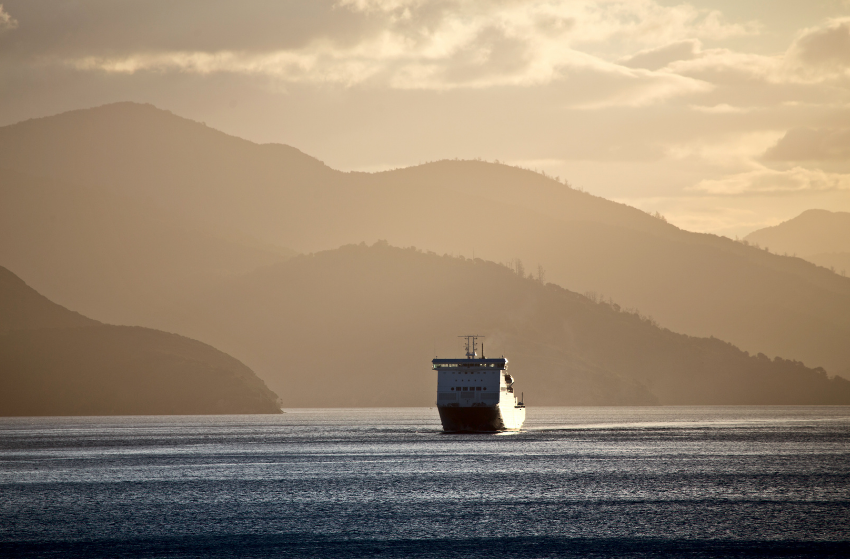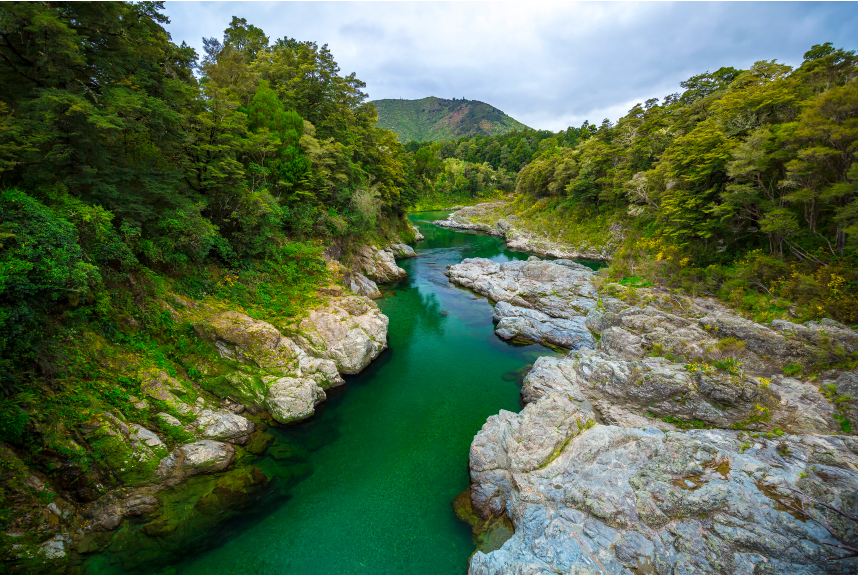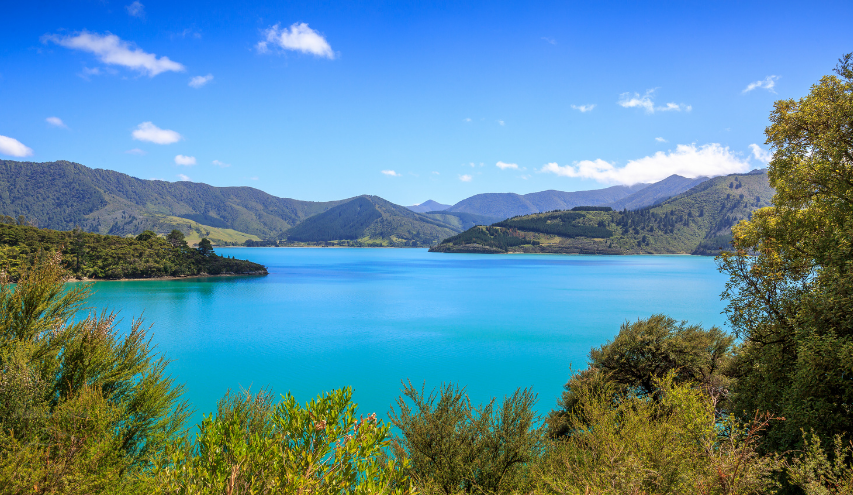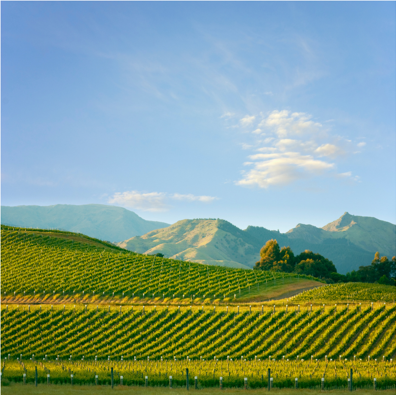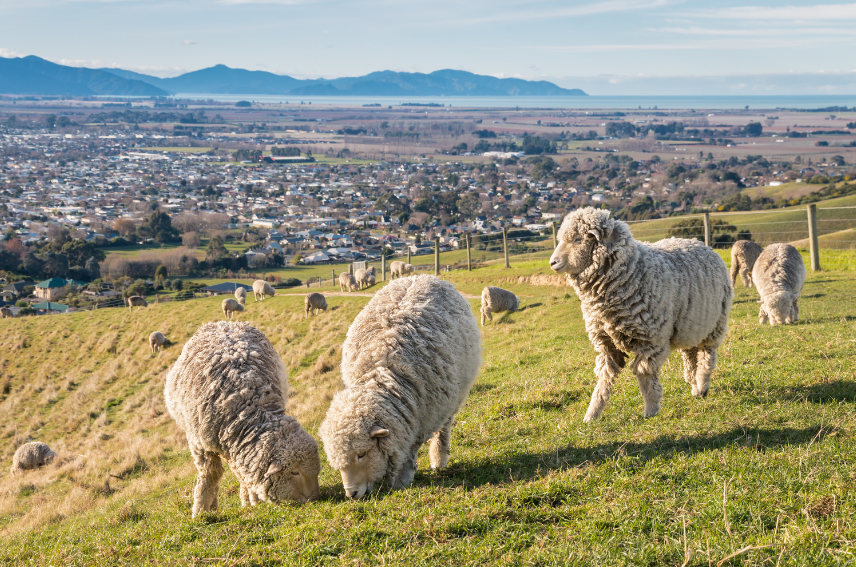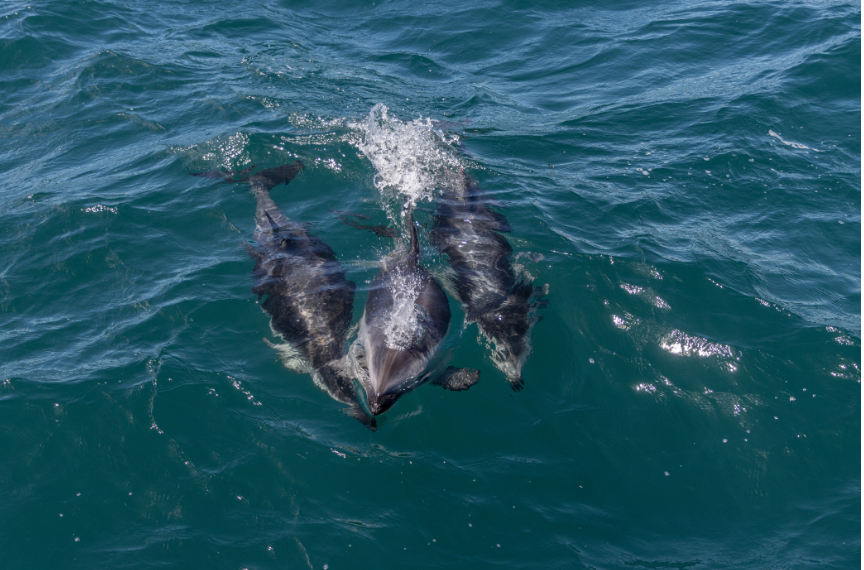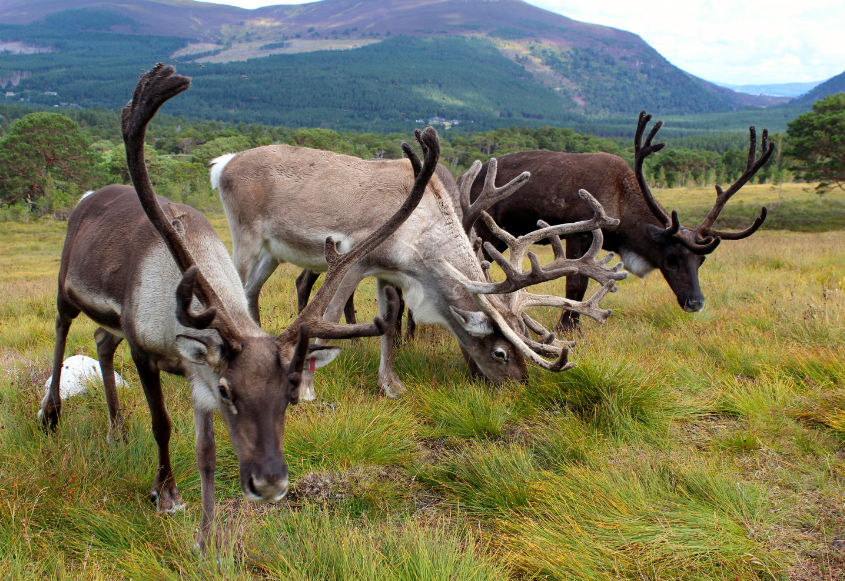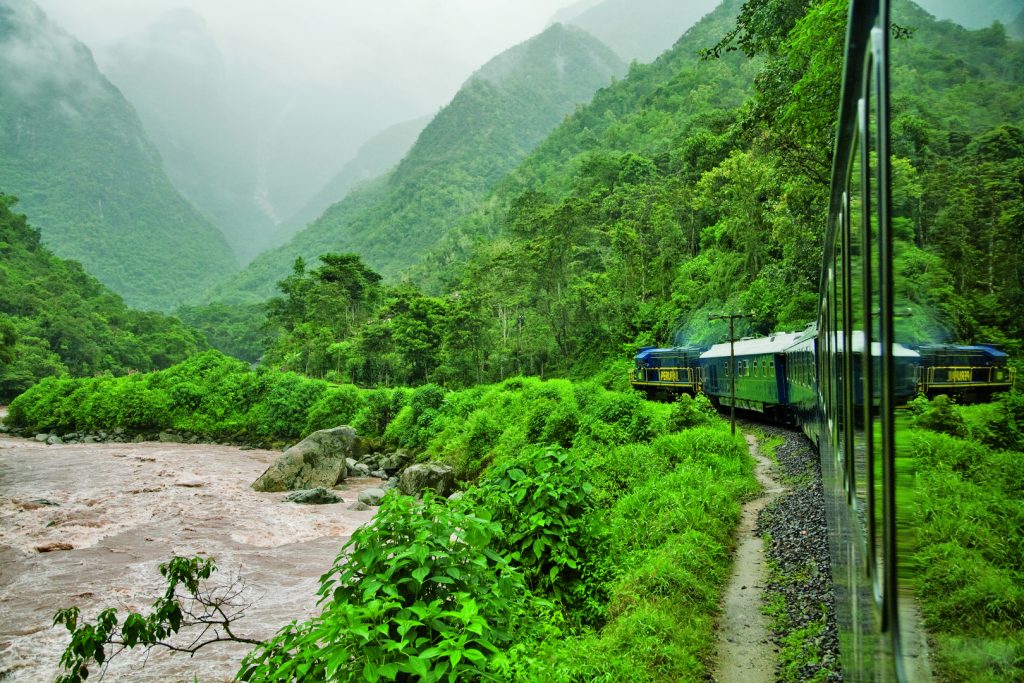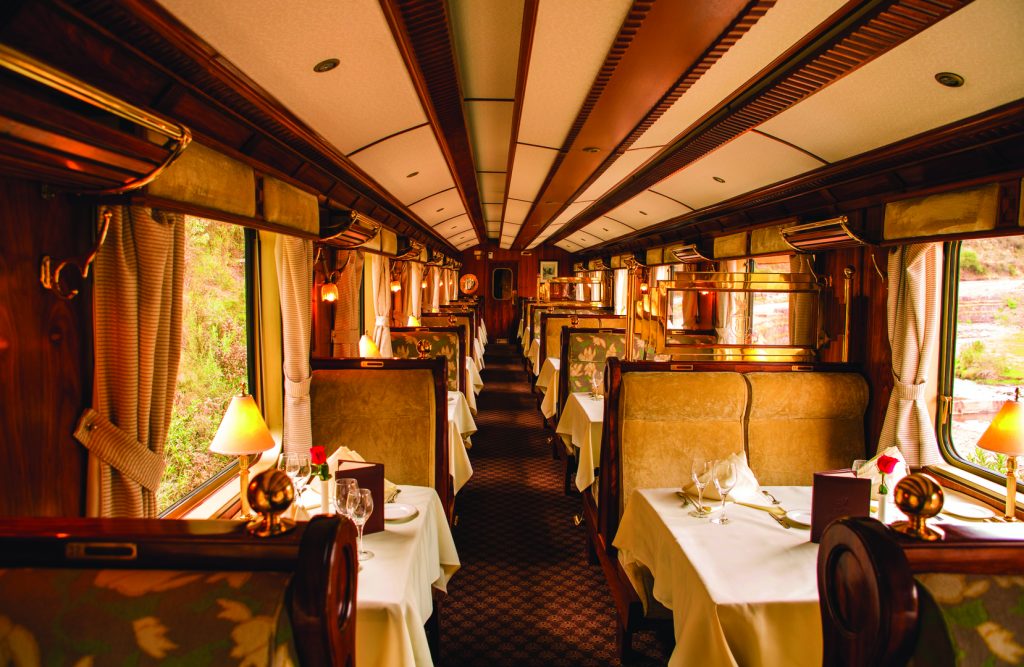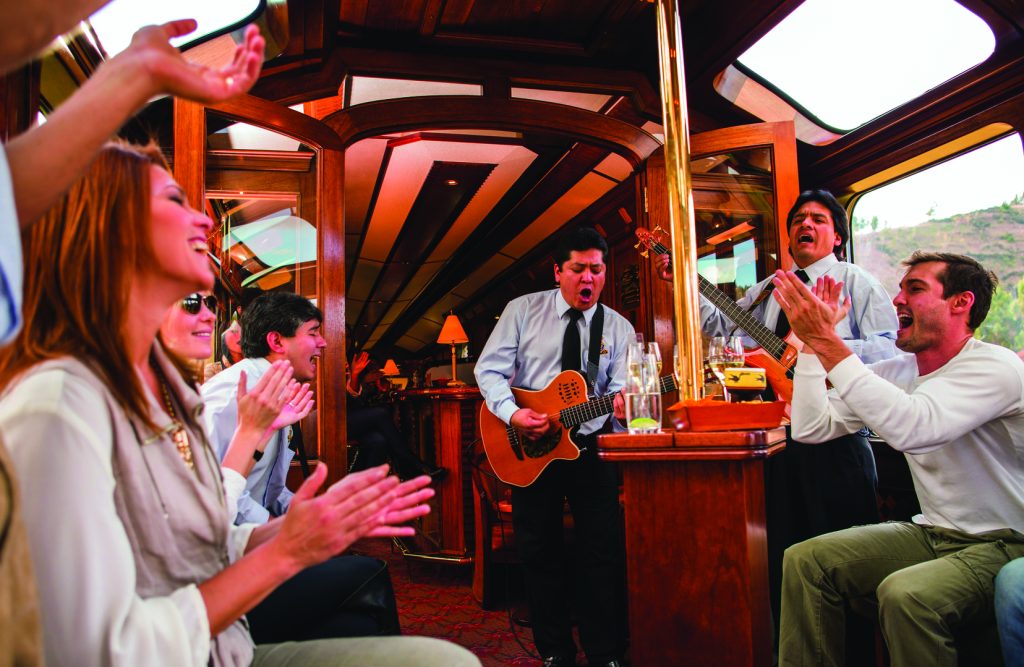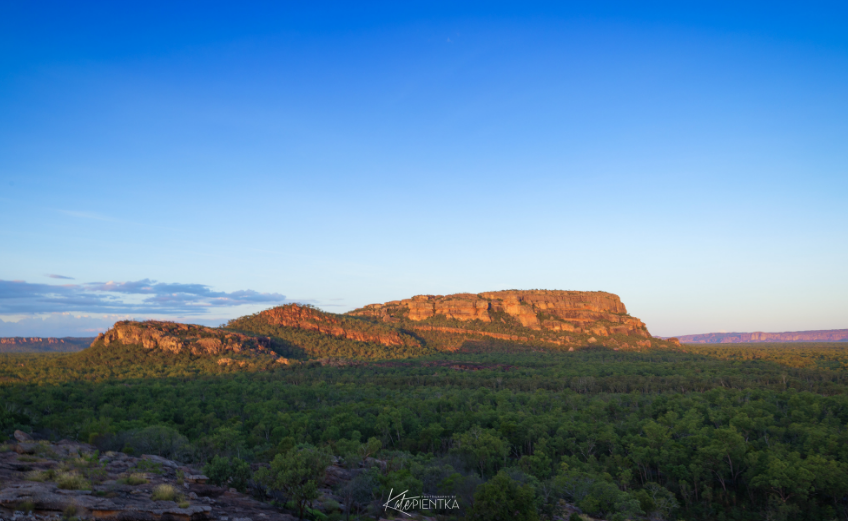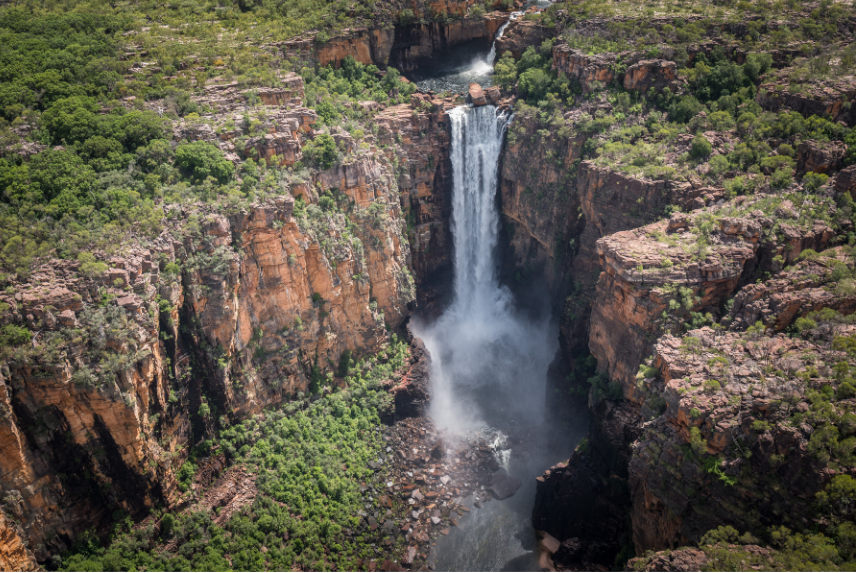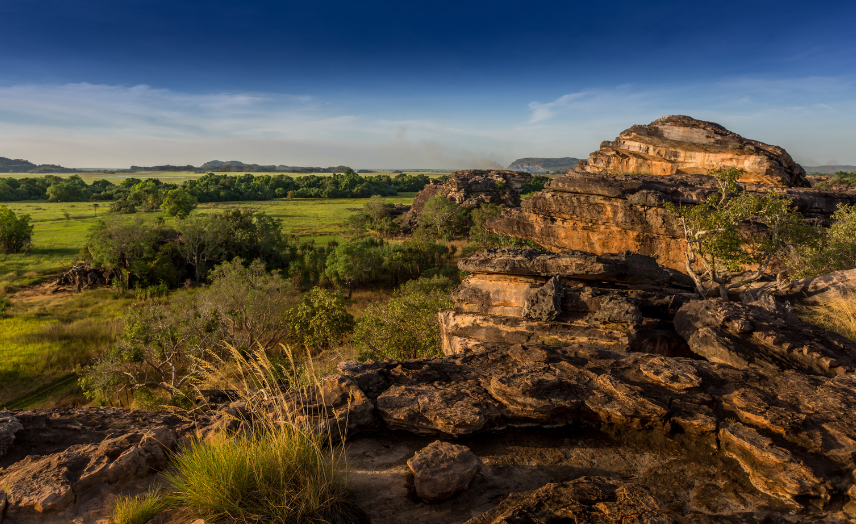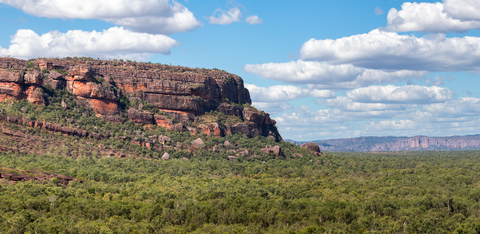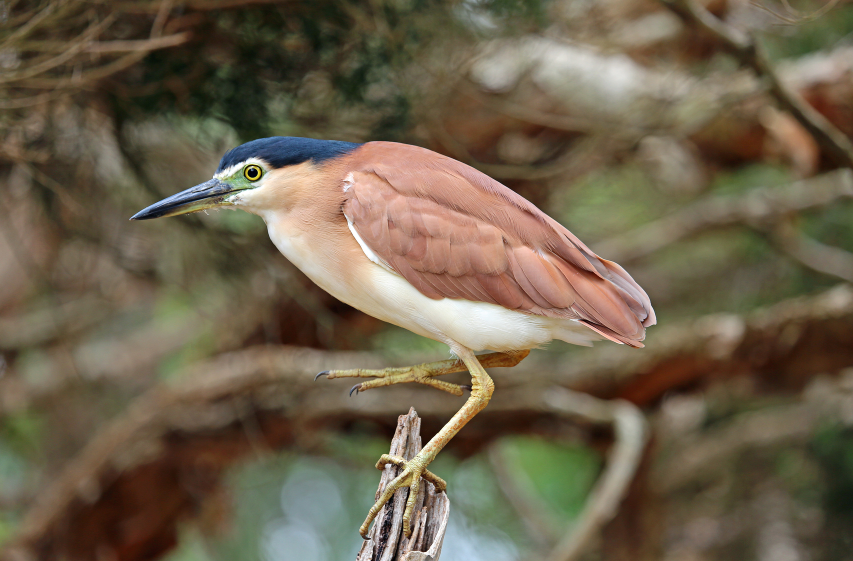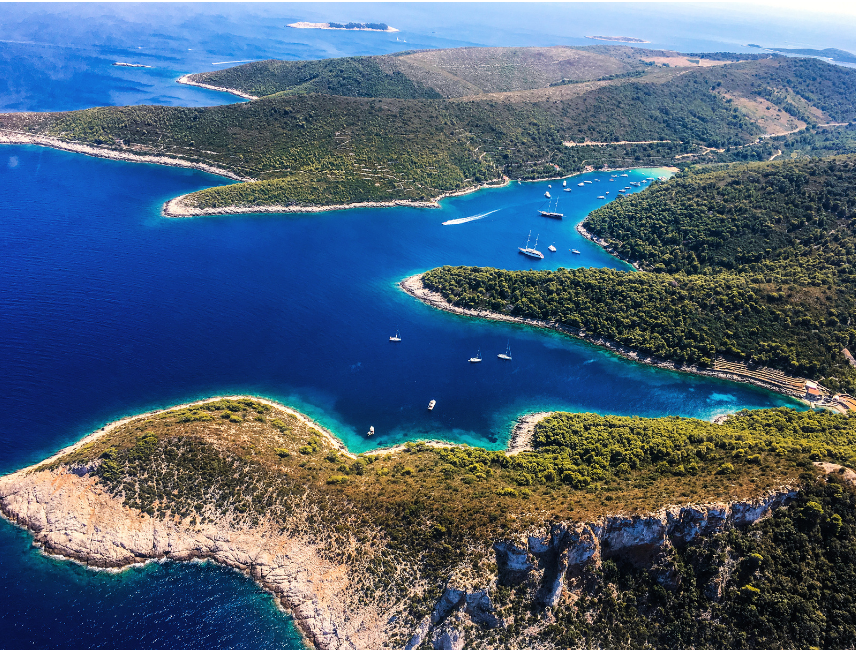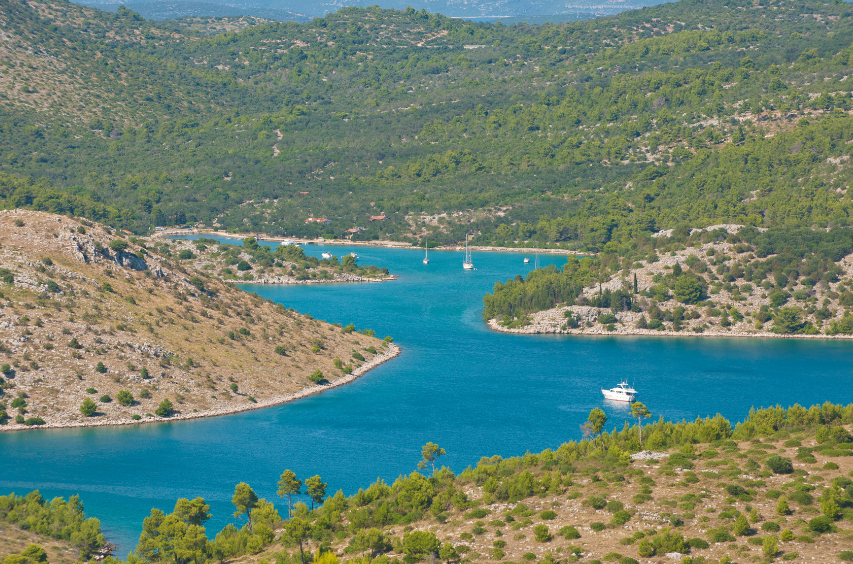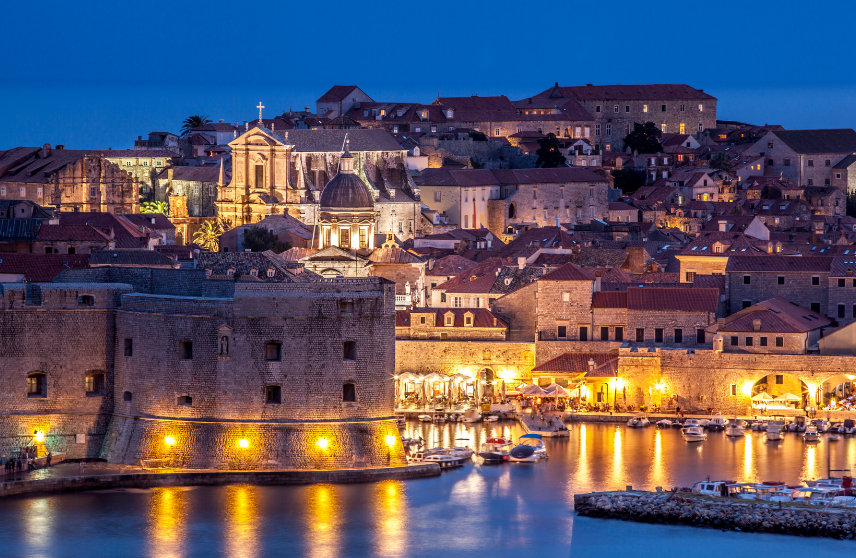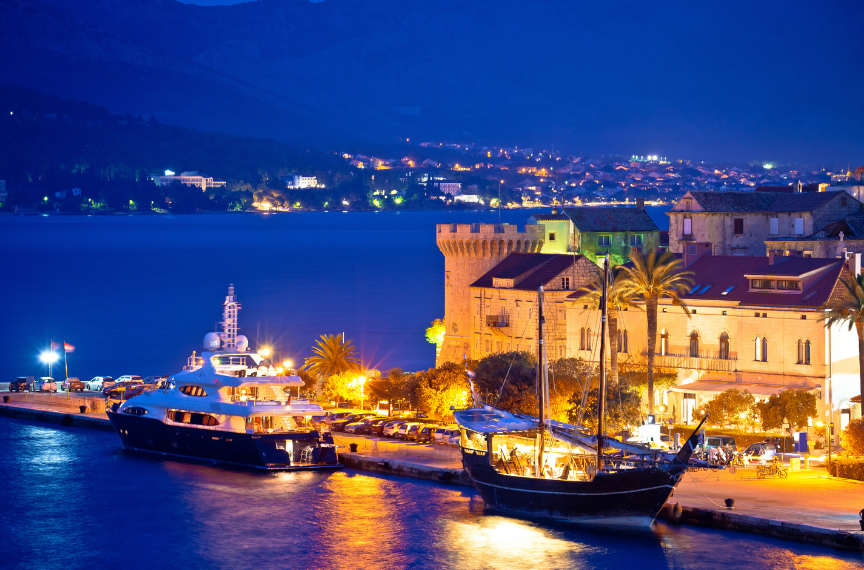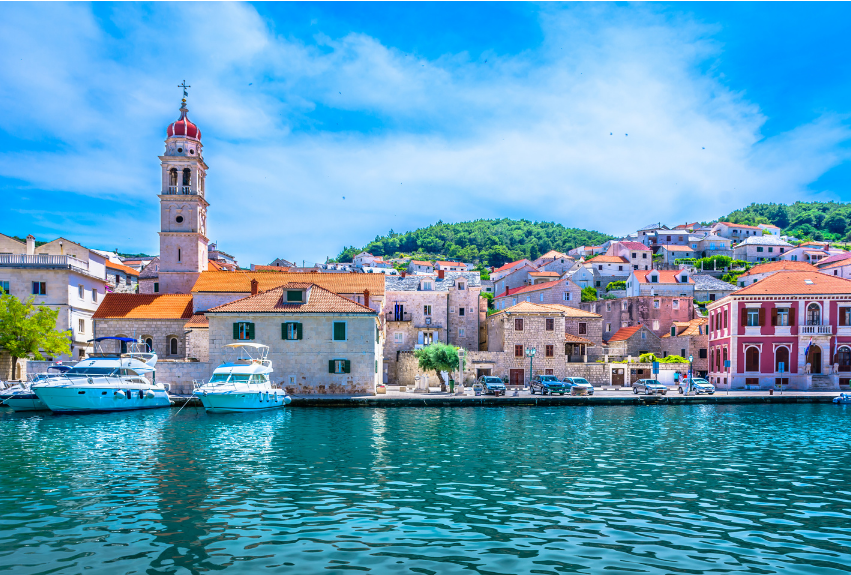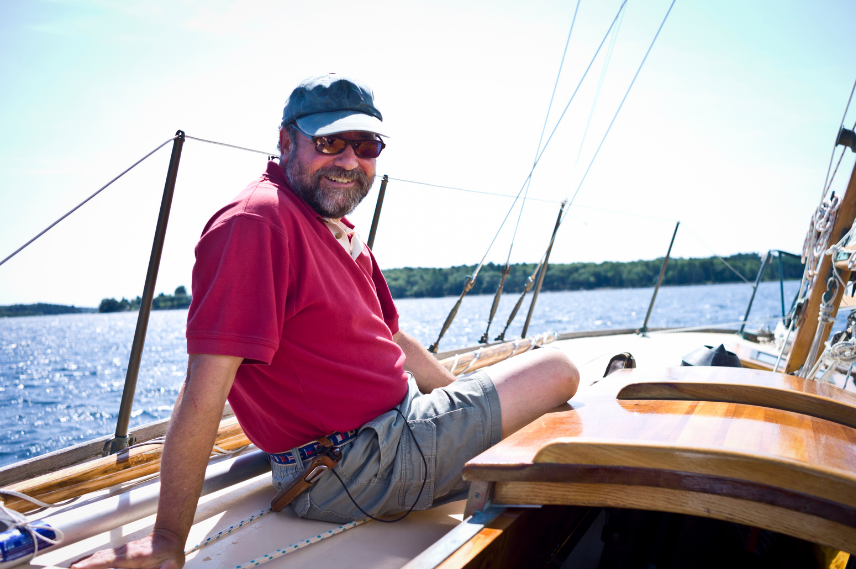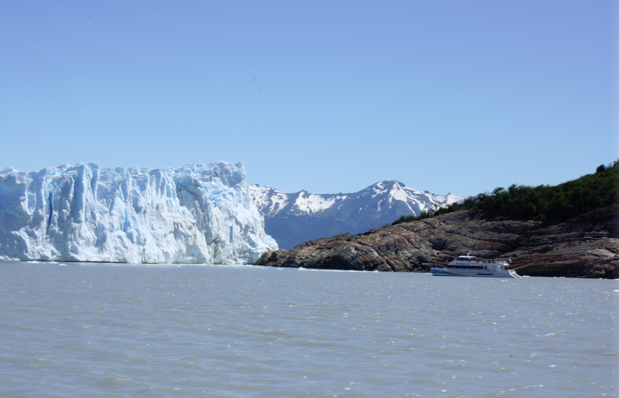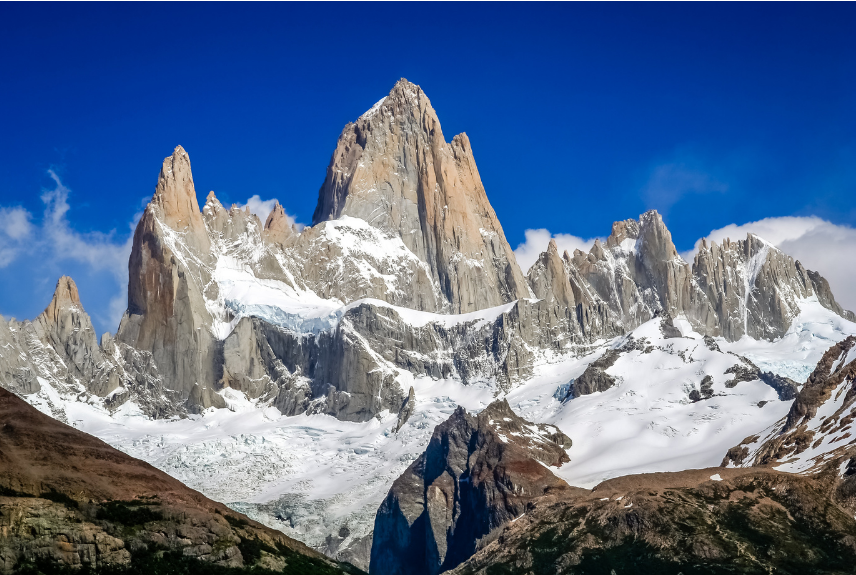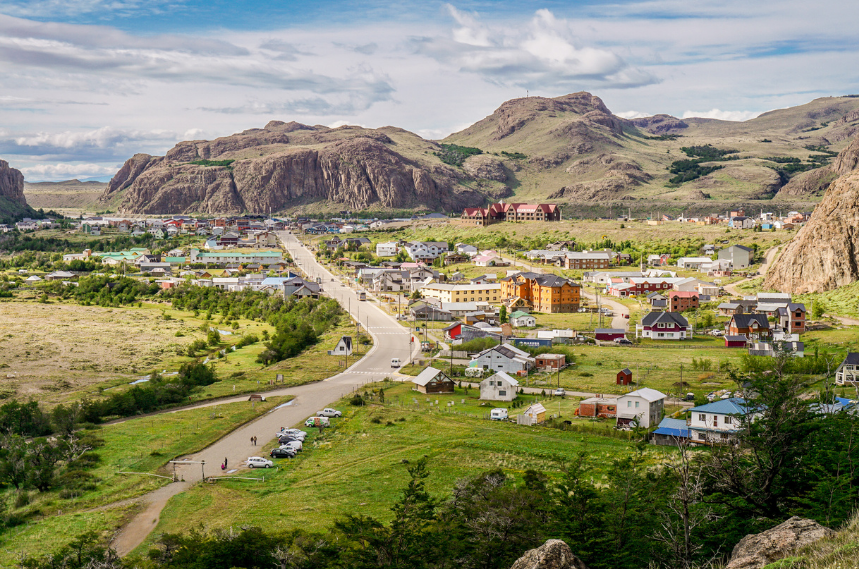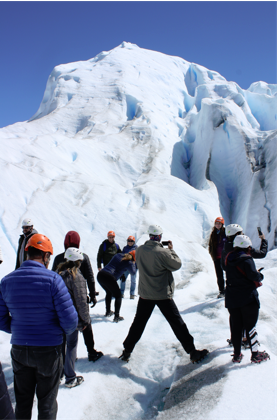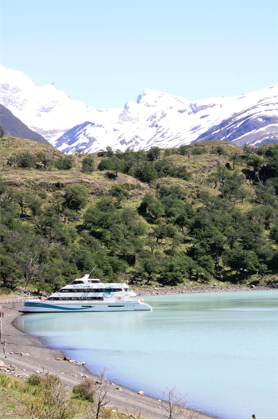Picture yourself traveling into space and soon landing on Mars. As you step out of the spaceship, you encounter rugged terrain, ravines, rocky mountains, and sand spread out as far as your eyes can see. The desert resemblance is otherworldly, and the thought of exploring the landscape leaves you feeling excited. Fortunately, you get a similar experience right here on earth at the world-renowned Atacama Desert in Chile.
For years, Atacama has been of interest to tourists, with many traveling to the area for the ultimate desert travel experience. The 41,000 square mile area is considered the oldest desert and one of the most beautiful places on earth. If you are up for an “out-of-the-box” holiday, this South American desert is your next stop.
Get a taste of a desert-like climate
Often referred to as the driest desert in the world, its conditions have stayed the same for millions of years. Its landscape is diverse and dictated by its weather, with some areas not receiving rain for more than a hundred years.
While areas of the Atacama have never received rainfall, its mountain peaks still can be snow covered.
When you get to the Atacama, the first thing you will notice is that it’s not as hot as you would have imagined. During summer, the temperatures are about 65 degrees Fahrenheit, which is normal room temperature. So, buying new clothes for this trip may not be necessary as your usual travel clothes will suffice. At night, you can expect temperatures even lower depending on your location within the desert.
Snowy mountains in the desert may seem unusual in such a dry area, but this isn’t true for the Atacama. The 20,000 feet high mountains and their
snow-dusted peaks are breathtaking when seen from afar and are much more captivating as you move closer.
Discover the desert animals
Although some areas of the desert are so dry and cannot even support bacterial life, some animals still thrive in the terrain. It is common to see herds of Vicuña, a member of the camelid family, hopping from one rock formation to another. The protected animal with a thick soft coating may sometimes be spotted alongside the llama. Other fluffy creatures living in the desert are the viscacha, gray, and culpeo foxes.
Pink flamingoes are one of the most resilient animals in the Atacama and stand out on the desert landscape. The beautiful bird species, namely yellow-legged Andean, Chilean, and Puna) are found along the saline lagoons. The birds have uniquely adapted to the area and live off the algae at the salt flats for their survival. You can get up close to the birds, who aren’t bothered by humans, making it easier for you to click away with your camera. In addition to flamingoes, are Humboldt Penguins that often swim in the cold currents off the Chilean coast and sometimes nest along the coastal regions of the desert.
Many insects also call Atacama home with beetles and grasshoppers forming the largest population. The predators of these insects are also present, such as lizards, frogs, and birds that can be spotted at almost every corner you turn.
Check out magical sights
Chile is a country full of historical landmarks with many located within the Atacama Desert. The attractions date back many centuries, with the Atacama Giant being one of the oldest. One of the most famous geoglyphs is an illustration of a deity on a hillside used to predict rain by the local people. The large image which stands at 390 feet is one of the largest ones discovered with several small ones surrounding it.
As you move through the desert, you will come across Mano del Desierto, a massive hand that stands at a height of 11 meters. Also known as the Desert Hand, the sculpture was put up in the 1980s by Chilean sculptor Mario Irarrázabal. The sculpture is a reminder of the frailty of humans, their loneliness, and their pain regardless of their location in the world.
El Tatio geysers are one of the highest geyser fields in the world and worth the trip to the Atacama.
Visitors need to reach the field early in the morning, which means enduring icy temperatures before the eighty geysers give off steam. As dawn approaches and the weather gets warmer, you get a picture-worthy spectacle of billowing clouds crowned with the sun’s rays.
A visit to the non-polar desert is incomplete without a visit to Salar de Atacama near San Pedro de Atacama. The salt flat, which is the largest in Chile, is beautiful up close, with no drainage outlets. Its mountainous surrounding makes it the perfect image of nature with steaming volcanoes, lunar landscapes, and saline lagoons. It is home to many types of wildlife with the most popular being pink-colored flamingoes.
Come see the Atacama in full bloom courtesy of the El Nino rains which results in desert flowering. The beautiful wildflowers cover several fields and are sustained by unusually high rains that fall on the arid land. To see this rare phenomenon with other tourists, you will need to visit the area from September to November.
Expect to have fun
The Atacama can also be a playground for adventure lovers seeking to explore the terrain on wheels. Death Valley Dunes is a 330 feet high dune in the desert that’s perfect for a quad ride. Riding to the top of the dune requires lots of energy, but this is rewarded by a stunning view of the vast alien-like landscape. If you want to enjoy the trip down, you can always carry a skating board to the summit and then surf down at a thrilling speed.
For a more relaxed day out, visit San Pedro, a former copper-mining town with lots of places to see and a favorite with tourists. Its main street, Caracoles, has several buildings, a pretty plaza, and a historic church worth visiting. Make sure to sample Chilean delicacies at the restaurants and cafes in the tranquil town.
Experience Atacama Desert in the hands of a professional no matter your country of origin. I will handle all the travel details on your behalf and ensure your first desert travel experience is unforgettable! Are you ready to consider a desert exploration? Now’s the time so call me!

